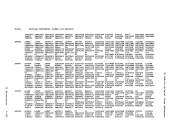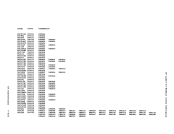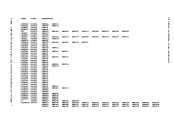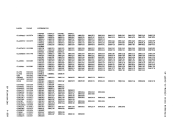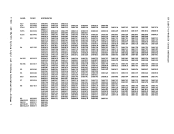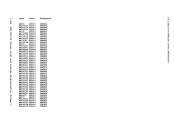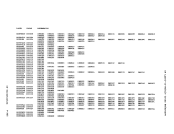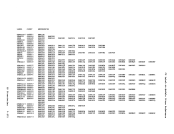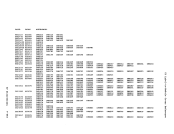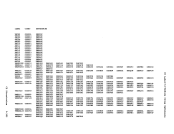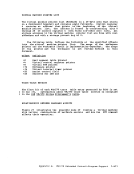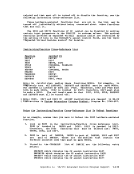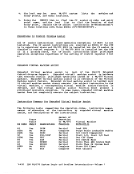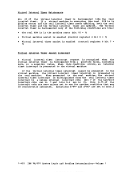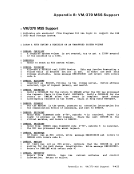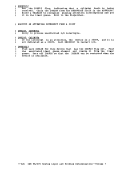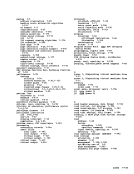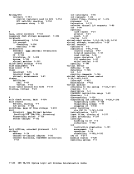1-2 IB! V!/370 System Logic and Problem Deter.ination--Volu.e 1
such a manner that multiple
equivalent of an
in the
counterparts of the
The virtual
techniques.
execution in another.
concurrently
time of one
via
Each virtual machine is
by the virtual machine is scheduled and controlled by
processor
when in attached processor
Environment" in this section.
Introduction to the
A virtual
basis of
for each user identification includes a list of the virtual input/output
devices associated with the particular virtual
class, accounting data,
dispatching priority, and
as extended control
Included are the
The Control
(1) peraitting only
and (2) receiving control after all real coaputing
current
virtual supervisor state; if the virtual aachine is executing in
virtual
is reflected to the virtual
aachine interrupts (including those caused by
instructions) are first handled by
aachine if an analogous interrupt would






















































































































































































































































































































